In the current context, agricultural land in big cities is increasingly shrinking, while the demand for clean food, with transparent origin and low carbon content is increasing sharply.

Biochar - “biochar” created from pyrolysis of organic waste under anaerobic conditions, creating a valuable source of carbon. Photo: ST.
Each ton of biochar can store 2-3 tons of carbon.
In cities, greenhouse gas emissions mainly come from consumption, transportation and especially organic waste, which accounts for more than 60% of total household waste but is only recycled about 45-55%. Meanwhile, pollution, the heat island effect and lack of green space threaten the living environment, forcing urban areas to shift from a "resource consumption" model to a "resource circulation" model.
Mr. Pham Hoai Trung, GreenGo Sustainable Development Practices Consulting Company, said that Vietnam has committed to achieving net zero emissions by 2050 at COP26, so all sectors, including urban agriculture, must reduce emissions: reduce direct emissions through energy saving, limit CH₄ and N₂O; increase the use of solar power, reuse water and shorten the supply chain, reduce food transportation.
“In the Net Zero urban picture, urban agriculture is an important link that helps reduce carbon, ensure food security and sustainable livelihoods,” expert Pham Hoai Trung emphasized, adding that Vietnam has advantages in climate and abundant organic waste sources; many cities such as Ho Chi Minh City, Hanoi , and Da Nang have developed rooftop gardens, greenhouses, school gardens, and community gardens.
At a strategic level, urban agriculture helps reduce indirect emissions by shortening food transportation, recycling waste into biochar, creating local green jobs, and increasing food self-sufficiency. When combined with ESG, MRV, and carbon credits, this model becomes one of the foundations of the urban circular economy .
According to expert Pham Hoai Trung, biochar is “biochar” created from the pyrolysis of organic waste under anaerobic conditions and is an important factor in this model. This material helps improve soil, retain moisture, retain nutrients, reduce odors and increase microbial activity; and is easy to apply in urban agricultural models. Each ton of biochar can store 2-3 tons of carbon and can be certified according to Verra VM0044 or Puro.Earth for businesses to sell carbon credits.
"Biochar also brings ESG value by helping to reduce emissions, improve land and water, create green jobs and ensure transparency of emissions data," Mr. Pham Hoai Trung emphasized.
For carbon credits to become a real “asset”, according to expert Pham Hoai Trung, it is necessary to build a carbon value chain associated with the MRV system (measurement, reporting, verification). This process must accurately determine greenhouse gas emissions and absorption, synthesize data and be independently verified according to standards such as ISO 14064, Verra or Gold Standard.

Urban agricultural development models associated with green growth and emission reduction are being promoted in Ho Chi Minh City. Photo: Nguyen Thuy.
New carbon storage and climate value
In Ho Chi Minh City, many high-tech farms have succeeded in managing nutrition, irrigation water, and lighting completely automatically, helping to save resources, energy, and ensure stable productivity all year round.
For sustainable development, according to Mr. Pham Hoai Trung, urban agriculture needs to be oriented towards ESG criteria such as reducing emissions, saving resources, protecting the environment, creating green jobs, sustainable livelihoods for the community and society, along with data transparency, product traceability, and governance.
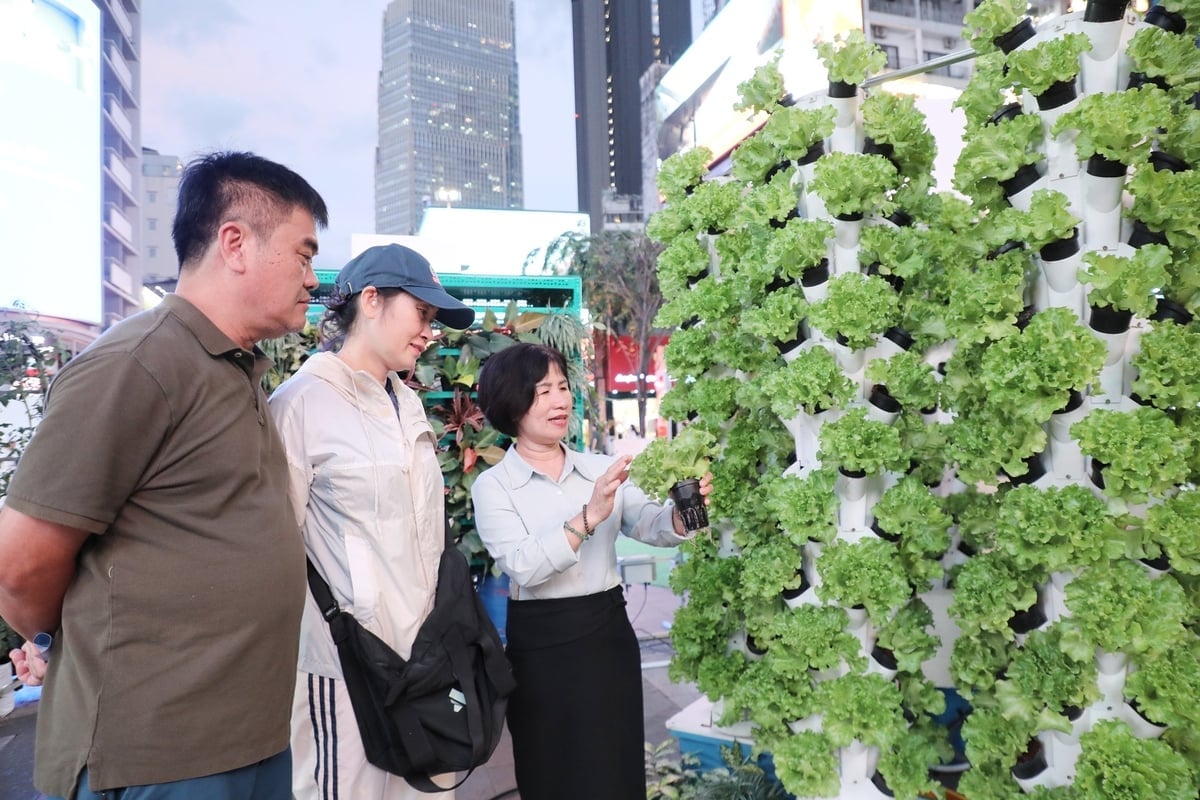
When linked with ESG, MRV and carbon credits, every square meter of rooftop, every small piece of land in the city can become a new carbon store and climate value. Photo: Nguyen Thuy .
"If properly planned, with economical technology and appropriate incentive mechanisms, urban agriculture will not only be a rooftop vegetable garden but will become a real green economy that ensures food for millions of urban residents and sustainable green development for Vietnam," said expert Pham Hoai Trung, adding that by 2030, a green, smart and circular urban agriculture network can be formed in large cities; by 2040, this sector will be fully integrated into the national ESG governance system and Vietnam's carbon market; and by 2050, it will become one of the pillars of Net Zero urban areas, directly contributing to the goal of net zero emissions.
“When linked with ESG, MRV and carbon credits, every square meter of roof and every small piece of land in the city can become a new carbon storage and climate value,” Mr. Pham Hoai Trung emphasized.
Source: https://nongnghiepmoitruong.vn/do-thi-thong-minh-xanh--giai-phap-tien-den-net-zero-d785895.html








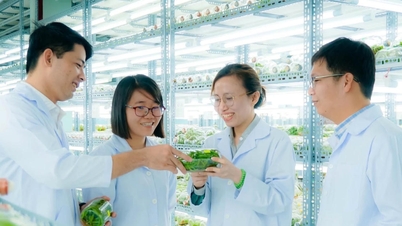


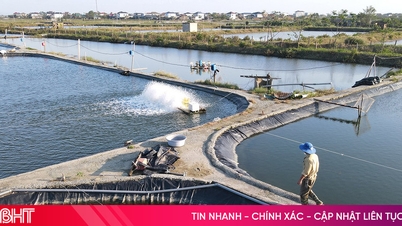




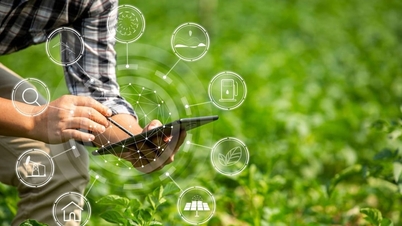

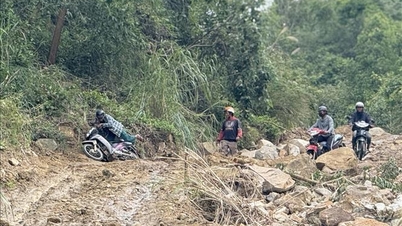














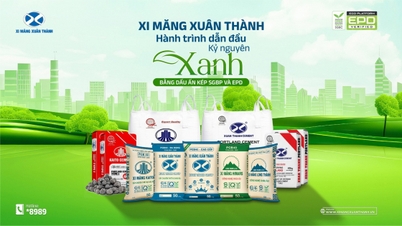


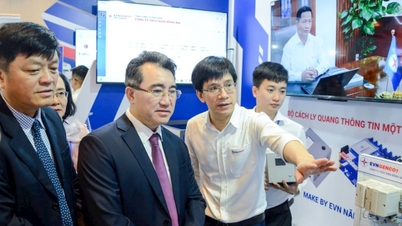






















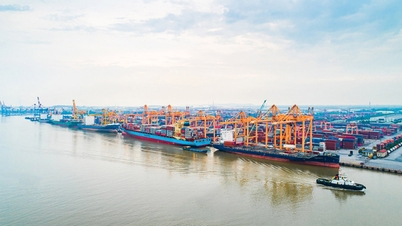
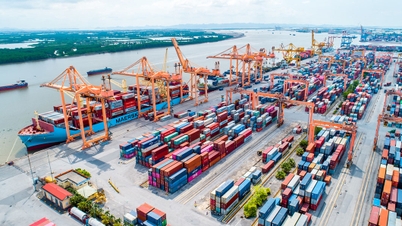
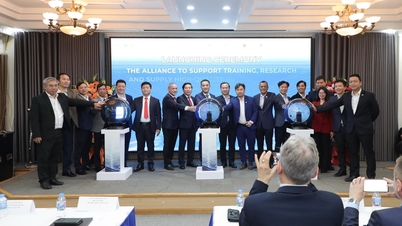




















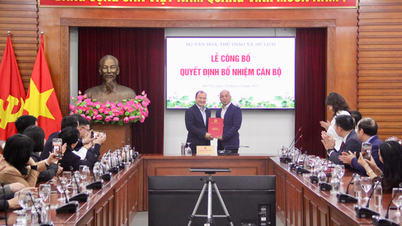
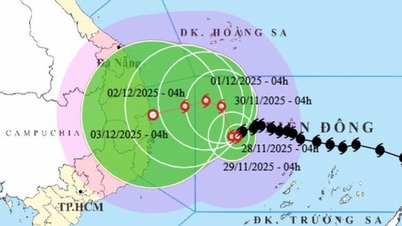


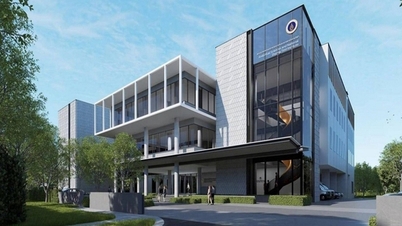
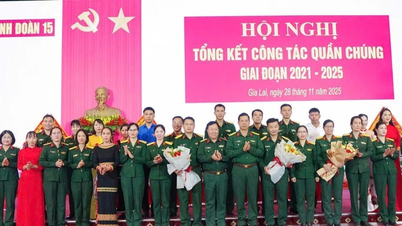



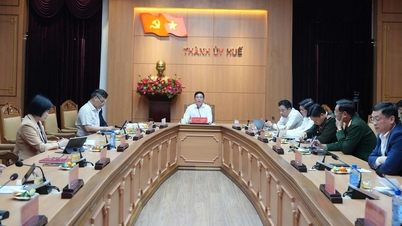














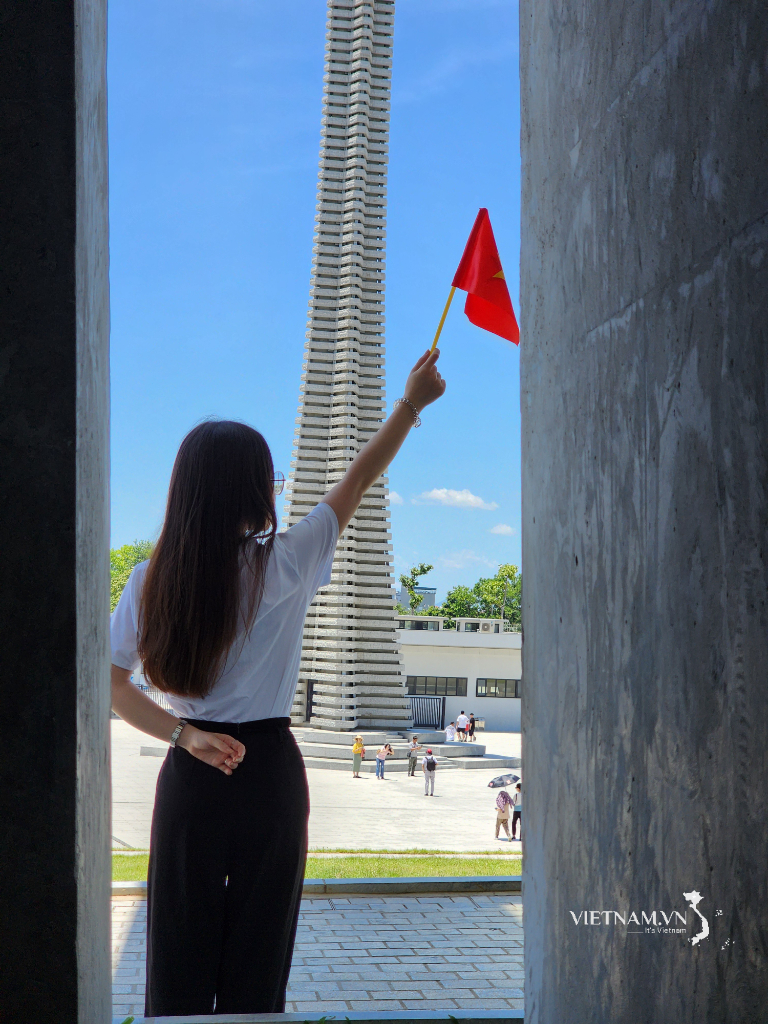


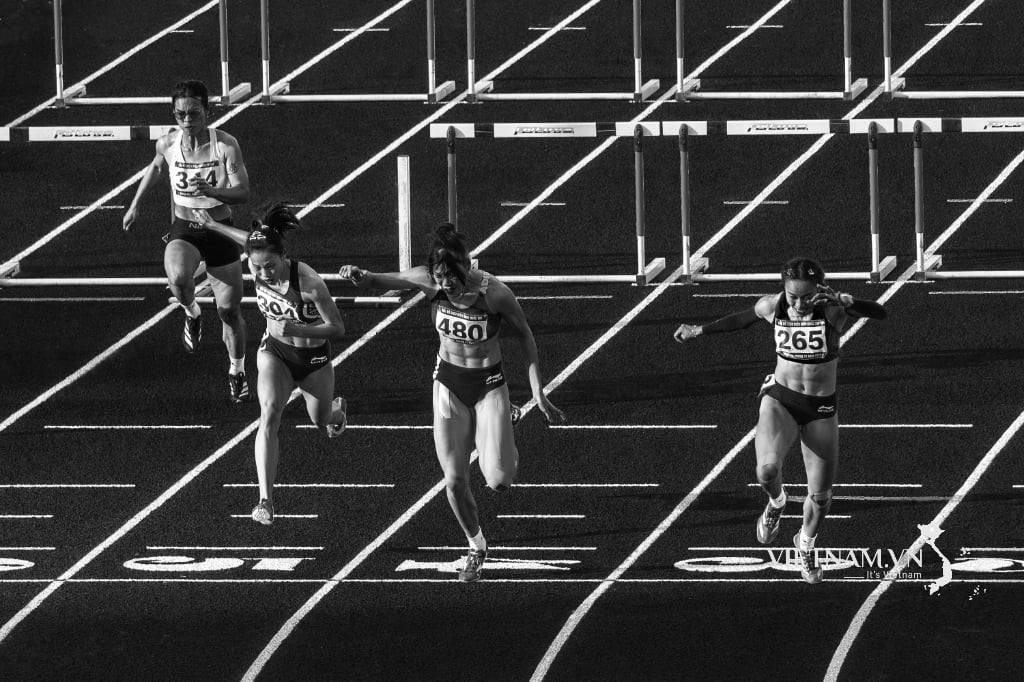
Comment (0)